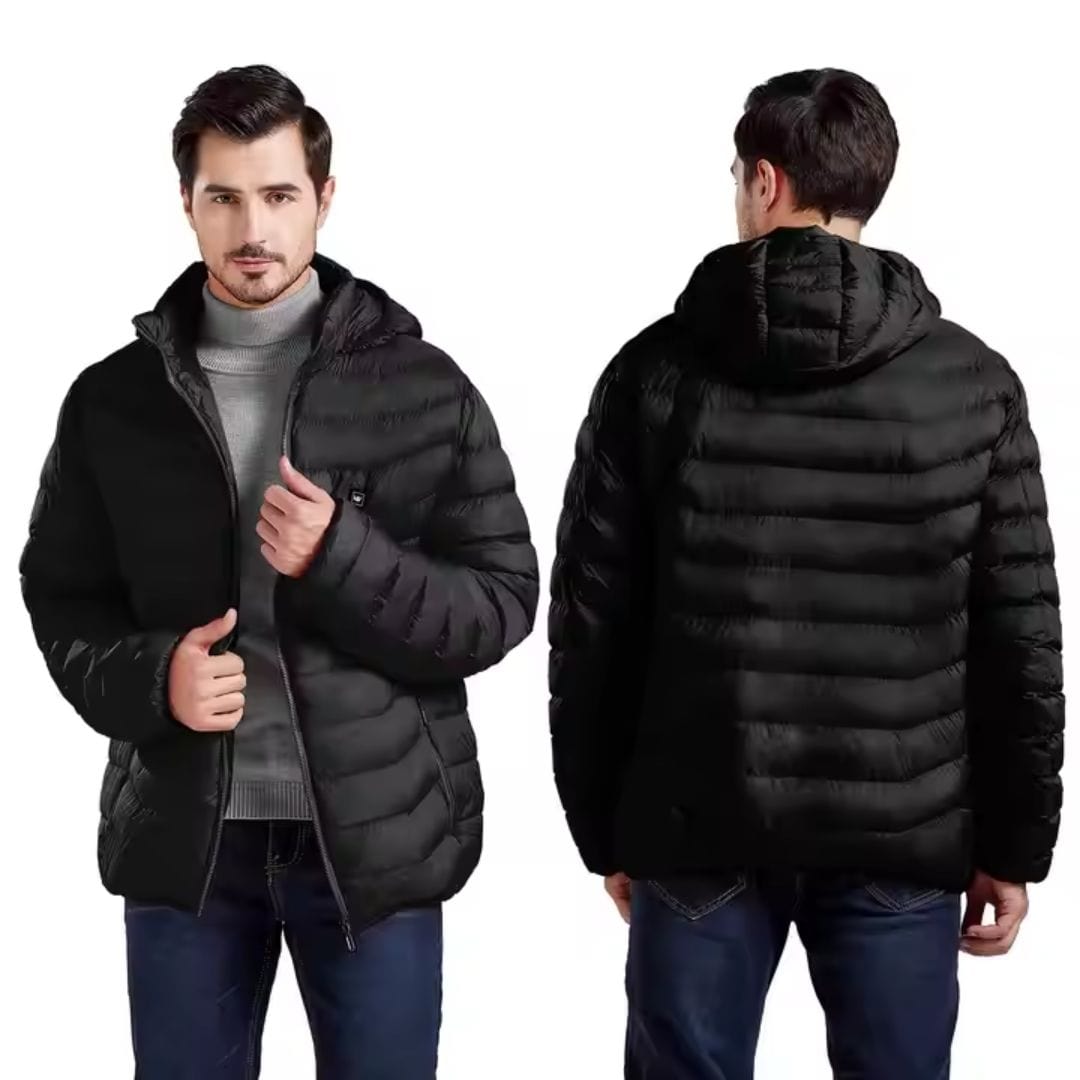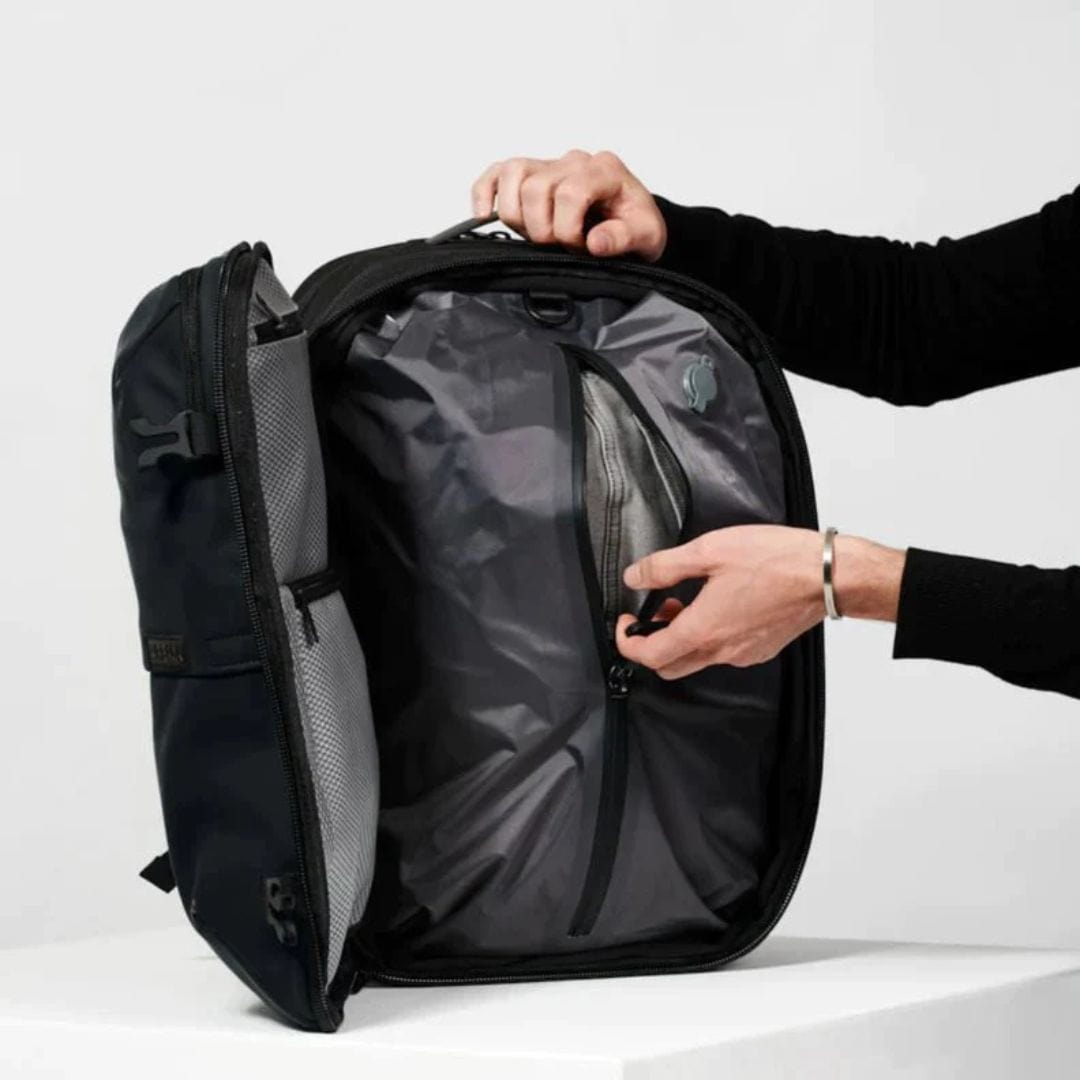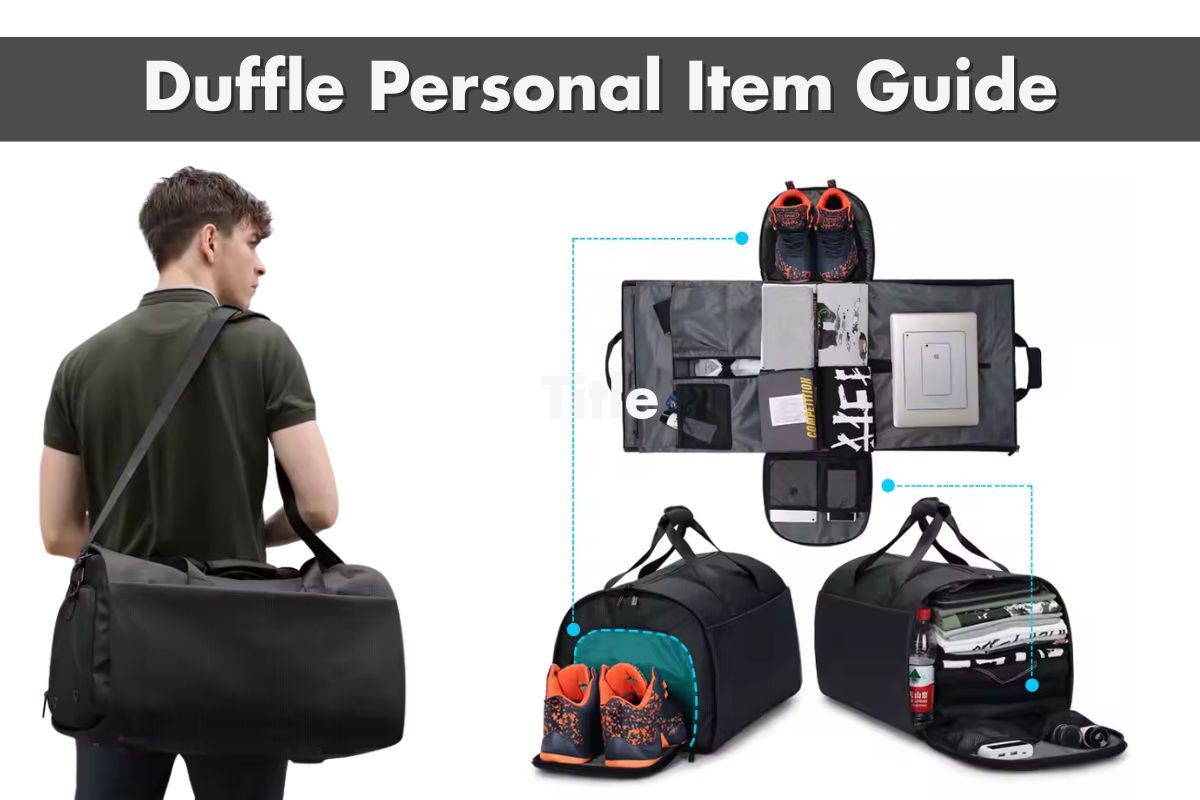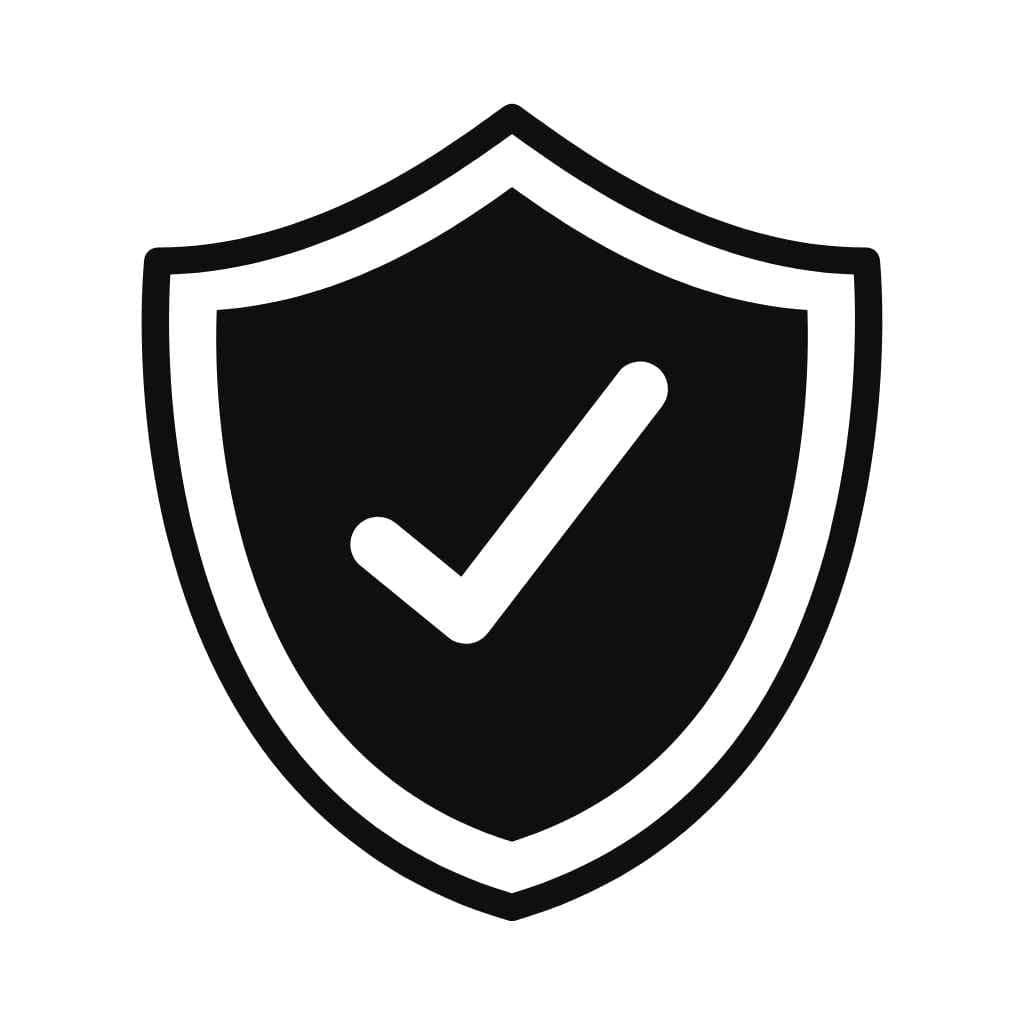Traveling with your laptop means more than just tossing it in any bag and hoping for the best. Airlines usually cap carry on size at 22 x 14 x 9 inches so every inch of space matters when you’re packing your tech and essentials.
A well-designed laptop carry on bag keeps your device protected through every checkpoint and bumpy landing. For frequent travelers and professionals on the move finding a bag that balances protection with convenience isn’t just a luxury—it’s a must for every trip.
The Best Laptop Carry-On Backpack in 2025
Selecting the best laptop carry-on backpack in 2025 centers on advanced protection, optimal organization, and compliance with airline regulations. The top backpacks offer dedicated laptop compartments that cushion devices from impacts, often fitting models up to 17 inches, ensuring compatibility with most modern laptops.
Manufacturers use water-resistant fabrics, reinforced stitching, and sturdy zippers to safeguard contents against spills and rough handling. Leading designs feature padded shoulder straps, ergonomic back panels, and luggage straps for comfortable transport during long commutes or airport layovers.
Organization pockets, expandable sections, and easy-access exterior sleeves let you separate tech accessories, documents, and personal items. These elements streamline security checks by allowing quick removal and replacement of electronics.
Frequent travelers experience fewer storage issues with backpacks that meet international cabin size limits, typically complying with carry-on dimensions under 22 x 14 x 9 inches. Many models integrate TSA-friendly features such as fold-flat compartments, speeding up passage through security checkpoints.
Top-rated options blend premium materials, protective design, and thoughtful organization, meeting the evolving demands of travel and technology in 2025.
TSA Laptop Rules
TSA laptop rules require you to remove your laptop from your carry-on bag and place it in a separate bin for X-ray screening at standard airport security checkpoints in the US. Tablets also go through this process, while chargers, e-readers, phones, and small electronic accessories can stay in your bag without removal.
If you participate in TSA PreCheck, you don't need to remove your laptop or tablet during screening, streamlining the security experience. Check-in staff, security officers, and signage enforce these rules across airports nationwide.
TSA allows laptops in both carry-on and checked bags, but carrying your laptop in your carry-on is the most protective option, as checked bags experience rough handling, stacking, and searches. Keeping your laptop in a dedicated padded compartment inside your carry-on provides cushioning and easy access for inspections.
TSA regulations prohibit spare lithium batteries in checked luggage, so keep any extra batteries in your carry-on. Security personnel may inspect your electronics more closely if they detect irregularities or cannot screen your device clearly through imaging.
Airlines and TSA don't restrict traveling with laptops on domestic or international flights, except during specific bans, as seen in 2017 when a temporary order prohibited electronics larger than phones on some Middle Eastern flights. This restriction no longer applies, and improved airport security measures removed this limitation.
TSA-friendly laptop bags speed up the process by providing a separate compartment that folds out flat, allowing you to keep your device in the bag during checks if it meets specific guidelines. Choose a bag labeled as checkpoint-friendly to maximize compliance and efficiency at screening stations.
How to Pack a Laptop in a Carry On
Packing a laptop in a carry-on starts with placing the device in a dedicated padded sleeve above the bottom of your bag. This setup absorbs shocks when placing the bag down. Keep the compartment clear of bulky items; only your laptop occupies this space to prevent pressure points and scratches.
Organize your accessories separately. Store chargers, cords and adapters in pockets or tech organizers away from the laptop sleeve to avoid bulging or added stress on the device. Place power banks and spare batteries in easily accessible pockets, as TSA requires all lithium batteries in carry-ons.
Pack your laptop before clothing and larger items. Layer electronic accessories first, then follow with clothes in the main compartment. Avoid overstuffing, which can force items against your laptop and risk damage.
Choose a laptop-friendly carry-on designed with reinforced zippers, water-resistant fabric, and compartments that keep devices secure during travel. Select models tested for durability and impact protection after repeated use. This extra protection prevents damage from rough handling during security screening and gate transfers.
Remove your laptop quickly at checkpoints unless you're enrolled in TSA PreCheck. TSA-friendly laptop bags—those that unzip and lay flat for X-ray inspection—speed up the process and reduce unnecessary handling.
Traveling internationally, always verify that your carry-on fits airline cabin requirements for laptops. Confirm that the padded laptop compartment comfortably fits your device model; most top-rated bags support machines up to 17 inches.
By organizing electronics logically and choosing protective, regulation-compliant carry-ons, you streamline your airport experience and reduce the risk of laptop damage during every stage of travel.
Don’t Pack a Laptop in a Checked Bag
Packing a laptop in a checked bag exposes it to significant risks. Airline baggage handling involves rough processes such as stacking, tossing, and scanning, which can damage sensitive electronics. Even hard-sided suitcases with padded compartments cannot guarantee protection against cracked screens or internal damage due to impact and weight from other luggage.
Baggage handlers focus on speed rather than care, causing potential harm to devices inside your suitcase. Checked bags are frequently searched, scanned, and sometimes left behind or lost. Recovering a lost suitcase rarely results in a quick or guaranteed return of expensive items like laptops.
Lithium batteries, which are present in most laptops, pose additional safety concerns. TSA prohibits spare lithium batteries in checked luggage, requiring you to transport them in your carry-on. Removing and placing the battery separately may not always prevent issues since batteries installed inside the laptop remain vulnerable during handling.
Keeping your laptop with you in your carry-on allows you to monitor its condition and safety throughout your journey. In the event of lost luggage, retaining direct control over your laptop also safeguards your data. By only placing your laptop in a carry-on or personal item, you reduce exposure to impact, theft, and loss, which are common in checked baggage scenarios.
Pack Your Laptop First
Packing your laptop first in your carry-on optimizes device safety and ensures compliance with airport regulations. Dedicated padded compartments absorb impacts better when free from pressure caused by bulky items like shoes or toiletry bags. If you pack the laptop before other items, you’ll avoid wedging it in at the last minute and risking accidental damage.
Organizing critical accessories separately from your laptop compartment reduces the risk of charger bulges creating pressure points against your device. Chargers, cables, and power banks—when stowed in side pockets or accessory sleeves—remain easy to access without crowding your laptop. Laptops slide out faster at security checkpoints when the main device sits alone in its pocket, speeding up the TSA screening process.
Packing order influences both protection and usability. Placing clothes and non-electronic essentials after your laptop helps maintain the alignment of all compartments. This method also prevents overstuffed main sections from intruding on the laptop sleeve. If you want to remove your laptop quickly at a checkpoint or gate, this organization allows for smoother transitions.
Streamlined packing also lightens your load, reducing the number of electronics and accessories you carry. Fewer devices mean less to charge, manage, and organize, which aligns with current travel advice for efficient electronics management. Everyday travelers who prioritize essentials benefit most from this minimal packing strategy.
Pack Your Chargers Separately
Packing your chargers separately protects both your laptop and your bag’s structure. Chargers, especially wall adapters and cords, create noticeable bulges in dedicated laptop sleeves if stored together. Pressure points caused by these bulky accessories can lead to exterior laptop damage or screen stress during travel.
Packing the charger outside your laptop compartment prevents unnecessary force and allows your laptop to rest securely in its padded pocket. Security screening runs more smoothly when your bag’s laptop sleeve holds just the computer, letting you remove your device quickly without tangling with cords or dealing with extra items. TSA guidelines only require you to remove your laptop, not your charger, for X-ray inspection, making a separate packing strategy the most efficient approach.
Tech accessories such as mice, portable drives, and charging bricks fit best in a pouch or secondary compartment. Tech organizers offer dedicated slots and pockets for each item, helping you avoid clutter and damage while providing instant access for in-flight adjustments or charging needs. This approach reduces strain on your carry-on, minimizes the risk of forgotten or misplaced accessories, and keeps your electronics organized during transit.
Get TSA Precheck
TSA PreCheck streamlines your airport security experience with a laptop carry on. Travelers with PreCheck keep laptops inside their bags during screening, so you avoid the frequent hassle of removing and repacking devices. This not only decreases your wait time at security checkpoints, but it also lowers the risk of drops or damage during the process.
For 2024, TSA PreCheck applications cost $85 for five years, while renewals cost $70 for another five years. Upgrading to Global Entry costs $100 for five years and includes PreCheck benefits, offering expedited US reentry for international travelers. Several travel-focused credit cards reimburse these application fees, providing added value for frequent flyers.
By using TSA PreCheck, you simplify your carry on organization and preserve your laptop’s protection during travel. This program lets you bypass standard screening queues, keep your electronics and accessories packed as organized at home, and speed up your journey through the airport.
Laptop Carry On Packing List
Use this laptop carry on packing list to ensure your device and accessories stay organized, accessible and protected throughout your journey.
- Laptop
Pack one laptop, placed first in a padded compartment sized for your model. Example: 13-inch, 15-inch or 17-inch device.
- Laptop Charger
Store one wall charger in a separate pouch, away from the laptop compartment to prevent bulging and structural strain.
Include one or two charging cables compatible with airport or international outlets.
Add one airline-approved portable power bank for in-flight charging; keep it in your carry-on due to lithium battery rules.
- Mouse & Mousepad
Bring one compact mouse and thin mousepad, packed in an accessory pouch.
Pack one pair, wired or wireless, for in-flight work or entertainment.
- USB Flash Drive or External SSD
Include one drive for backup or file transfer; store in a side pocket for easy access.
Utilize one tech organizer pouch for accessory cables, adapters, SD cards and dongles.
Add one slim folder for passports, boarding passes and essential travel documents.
- Screen Cleaning Cloth
Bring one microfiber cloth to clean your laptop screen as needed.
Pack one universal adapter if traveling abroad; store in the organizer pouch.
- Protective Sleeve (Optional)
Consider one neoprene sleeve for extra impact resistance inside the main compartment.
- Tablet or E-Reader (Optional)
Include one compact secondary device for reading or entertainment only if needed.
TSA & Travel Essentials Table
|
Item |
Carry-On Allowed |
Checked Bag Allowed |
Special Instructions
|
|---|---|---|---|
|
Laptop |
Yes |
Yes |
Remove for screening unless TSA PreCheck |
|
Laptop Charger |
Yes |
Yes |
Store separately from laptop |
|
Power Bank (≤100Wh) |
Yes |
No |
Must travel in carry-on, not checked bag |
|
Accessories (Cords, etc) |
Yes |
Yes |
Pack in organizer pouch |
|
Lithium Batteries (spare) |
Yes |
No |
Prohibited in checked luggage |
|
Mouse, Earbuds, SSD |
Yes |
Yes |
Organized in accessory compartment or pouch |
Keep your carry on bag well-organized and minimal by only including devices and accessories needed for your travel period. Strip down to essentials to streamline security checks and prevent excess weight.
Travel Insurance: What’s Covered?
Travel insurance policies typically cover laptops in cases of theft, loss, or accidental damage if the event occurs during your trip. Coverage depends on specific policy details, including both the total coverage limit and the per-item limit for personal belongings. The per-item limit caps the amount paid out for an individual device even when the total policy limit is higher; most policies set a per-item limit between $400 and $700, which often falls below the replacement cost of higher-end laptops.
Insurance providers may require receipts or proof of ownership for claims involving electronics. If your laptop’s value exceeds the per-item limit—such as models valued at $1,200 or more—coverage may not be sufficient unless you select a policy with an increased per-item cap or purchase an optional electronics rider.
Expensive items like phones, cameras, and tablets follow the same rules; insurance plans commonly use identical per-item limits for all high-value electronics. Claims for multiple lost or stolen items get capped per the per-item limit, regardless of the total policy value.
Water damage, accidental drops, or breakage during flights may qualify for coverage as long as the damage is documented and reported promptly. Most insurers exclude general wear and tear, cosmetic scratches, or unexplained disappearance from coverage. To secure full protection for your laptop and related devices, look for policies that offer high per-item limits, not just high overall coverage.
Travel Insurance Coverage Limits and Sample Policy Features
|
Feature |
Typical Value |
Importance for Laptop Carry-On
|
|---|---|---|
|
Total coverage limit |
$2,000–$3,000 |
Insures all personal items on your trip |
|
Per-item limit |
$400–$700 |
Restricts payout for each single item |
|
Electronics rider |
$200–$1,200+ |
Boosts per-item limit for high-value tech |
|
Proof of ownership |
Required |
Needed for settling claims |
|
Covered incidents |
Theft, damage, loss |
Determines claim eligibility |
Evaluate coverage terms before buying insurance if your laptop’s value exceeds the default per-item limit. Policies that focus on higher per-article coverage bring better protection for modern tech and are more useful for those carrying premium devices in carry-on luggage.
How to Travel Light with a Computer
Traveling with your laptop doesn't have to be stressful or risky. When you invest in a high-quality carry-on and follow smart packing strategies, you'll protect your device and breeze through airport security.
Choosing the right bag and organizing your electronics properly means you can keep your laptop safe and accessible. Prioritizing these steps helps you avoid common travel hassles and lets you focus on your journey with confidence.
Frequently Asked Questions
Why is choosing the right laptop carry-on bag important for air travel?
A suitable carry-on bag protects your laptop from damage and complies with airline size rules. It offers padded compartments, water-resistant materials, and organized sections for easier airport security checks, ensuring both safety and convenience during travel.
What features should I look for in a laptop carry-on backpack for 2025?
Look for a backpack with padded, dedicated laptop compartments, water-resistant fabrics, sturdy zippers, and reinforced stitching. Additional features such as expandable sections, ergonomic straps, and TSA-friendly layouts make travel smoother and more secure.
Can I keep my laptop in my carry-on during airport security checks?
All passengers must remove laptops from carry-ons for X-ray screening, unless enrolled in TSA PreCheck. TSA PreCheck travelers can keep laptops inside their bags, speeding up the security process and reducing the risk of damage.
Is it safe to put a laptop in checked luggage?
No, placing a laptop in checked luggage is risky. Rough handling can cause physical damage, and there’s a higher risk of theft or loss. Always carry your laptop in your carry-on for maximum protection and compliance with airline safety rules.
What’s the best way to pack a laptop in a carry-on?
Pack your laptop in a dedicated padded sleeve or compartment, placing it first in your bag and away from heavy items. Organize accessories like chargers and power banks in separate pouches to avoid pressure on the laptop and keep everything easy to access.
Are there special airline or TSA regulations for carrying laptops?
Laptops are allowed in carry-on and checked bags, but it’s safer in carry-ons. TSA requires removing laptops from bags for separate screening unless you have PreCheck. Spare lithium batteries are only allowed in carry-ons, not checked luggage.
How does TSA-friendly design help with airport security?
TSA-friendly bags feature dedicated laptop sleeves that can lay flat during screening. This speeds up security checks and reduces the time your laptop is exposed, helping protect it from damage or accidental drops.
Should I pack my laptop charger and accessories separately?
Yes, pack chargers and accessories in a separate compartment or pouch. This reduces pressure on the laptop, prevents damage, and makes security checks easier since only the laptop needs to be removed during screening.
What are the benefits of TSA PreCheck for laptop travel?
TSA PreCheck allows you to keep your laptop inside your bag at security, reducing wait times and the chances of damage. It's especially valuable for frequent flyers, costing $85 for five years or $70 to renew.
Does travel insurance cover laptops?
Most travel insurance policies cover laptops for accidental damage, theft, or loss, but coverage limits (often $400–$700) may not fully protect high-end models. Review your policy for specific details and consider additional coverage if needed.
















